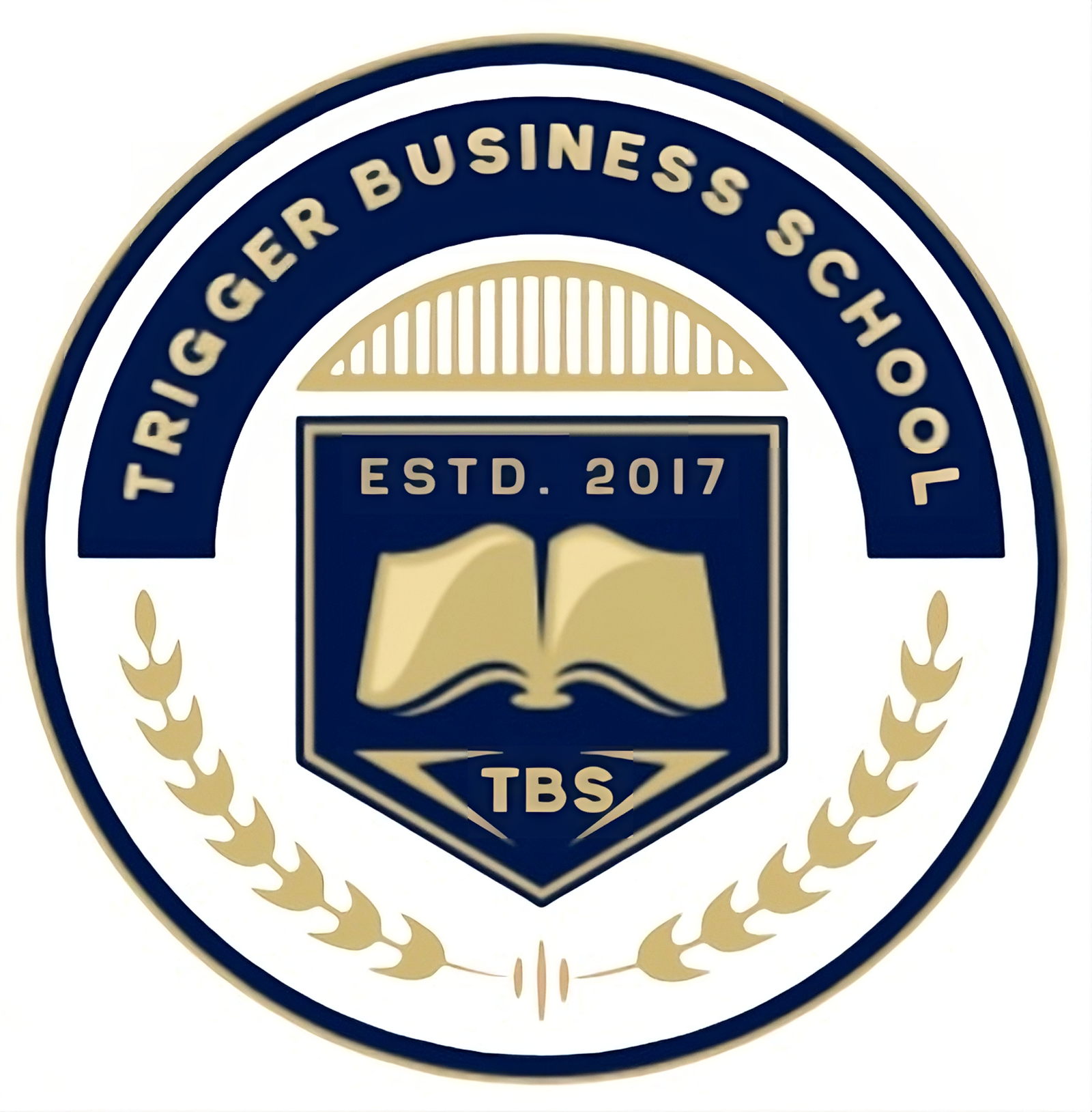How to Create a Job Description: A Comprehensive Guide
Creating a well-crafted job description is a fundamental part of the recruitment process. It serves as a roadmap for potential candidates, guiding them through the expectations and responsibilities of the role. For HR professionals, learning the art of creating job descriptions is essential, as it can significantly impact the quality of applications and, ultimately, the success of hiring decisions. At Trigger Business School, we aim to empower HR professionals with the skills and knowledge they need to excel in this area.
What Is a Job Description?
A job description is a formal document that outlines the duties, responsibilities, qualifications, and expectations of a specific role within an organization. It not only helps candidates assess their fit for the position but also serves as a benchmark for performance evaluation and a tool for workforce planning.
Why Is a Job Description Important?
- Attracts the Right Talent: A clear and detailed job description ensures that only qualified and relevant candidates apply.
- Sets Expectations: It provides transparency about the role, helping avoid misunderstandings.
- Serves as a Legal Document: A job description can act as evidence in case of disputes related to role expectations.
- Facilitates Performance Management: It establishes a basis for assessing employee performance.
Key Components of a Job Description
A well-structured job description typically includes the following sections:
1. Job Title
- The title should clearly reflect the role. Avoid jargon or internal terminology.
- Example: “Digital Marketing Specialist” rather than “Growth Ninja.”
2. Job Summary
- A brief overview of the role, its purpose, and how it fits into the organization’s goals.
- Example: “The Digital Marketing Specialist will drive online campaigns to enhance brand awareness and generate leads.”
3. Key Responsibilities
- List 6-10 core tasks associated with the role.
- Use bullet points for clarity.
- Example:
- Develop and execute digital marketing strategies.
- Manage SEO and SEM campaigns.
- Monitor and analyze website traffic.
4. Qualifications and Skills
- Include required and preferred qualifications.
- Highlight both technical skills (e.g., proficiency in tools) and soft skills (e.g., teamwork, communication).
- Example:
- Required: Bachelor’s degree in Marketing or related field, 3+ years of experience.
- Preferred: Google Analytics certification.
5. Work Environment
- Specify if the role is remote, hybrid, or office-based.
- Mention any physical demands if applicable (e.g., lifting heavy equipment).
6. Compensation and Benefits
- While optional, mentioning a salary range or benefits package can attract serious candidates.
7. Company Overview
- A brief introduction to your organization, its values, and mission.
- Example: “Trigger Business School is dedicated to shaping future HR leaders by delivering industry-relevant education and practical insights.”
8. Equal Opportunity Statement
- Include a statement that emphasizes the company’s commitment to diversity and inclusion.
- Example: “We are an equal opportunity employer and value diversity at our company.”
Steps to Create a Job Description
Step 1: Understand the Role
- Conduct a job analysis by consulting with current employees and managers.
- Identify the core tasks, responsibilities, and required skills.
Step 2: Define the Job Title and Summary
- Choose a title that reflects the nature of the role and write a concise summary.
Step 3: Outline Responsibilities and Duties
- Categorize tasks as daily, weekly, or occasional.
- Use action-oriented language.
Step 4: Specify Qualifications and Skills
- Be realistic about requirements to avoid discouraging qualified applicants.
- Separate essential qualifications from desirable ones.
Step 5: Review and Validate
- Share the draft with team members or stakeholders for feedback.
- Ensure alignment with organizational goals and compliance with labour laws.
Step 6: Optimize for SEO
- Use relevant keywords such as “job description,” “HR skills,” “recruitment process,” and “talent acquisition” to improve online visibility.
- Include location-specific keywords if applicable.
Step 7: Finalize and Publish
- Use a clear and professional format.
- Publish the job description on your website, job boards, and social media platforms.
Best Practices for Writing Job Descriptions
- Be Specific: Avoid vague language. For example, instead of “manage social media,” say “create and schedule content for social media platforms.”
- Use Inclusive Language: Avoid gendered terms and phrases that may deter certain candidates.
- Keep It Concise: Aim for a document that’s easy to read yet comprehensive.
- Update Regularly: Roles evolve, so revisit job descriptions periodically to ensure relevance.
Common Mistakes to Avoid
- Overloading with Jargon: Use simple and clear language.
- Unrealistic Expectations: Ensure the listed responsibilities align with the level of the role.
- Neglecting SEO: Poorly optimized job descriptions can limit online visibility.
- Excluding Growth Opportunities: Highlight career progression to attract ambitious candidates.
